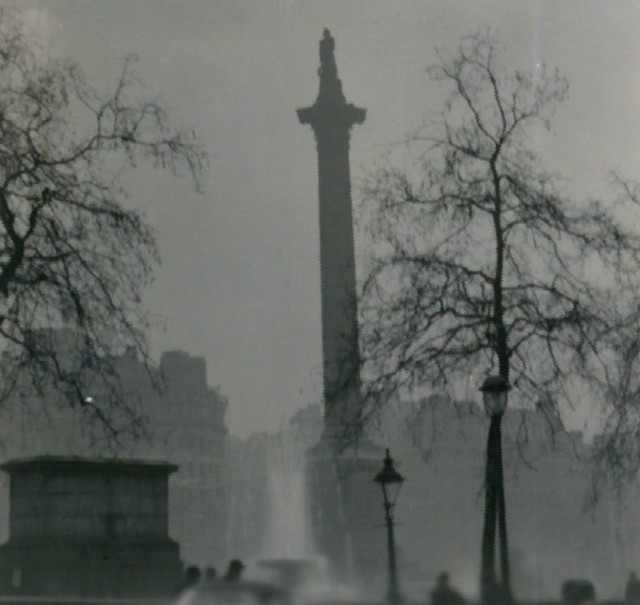 |
| Media vita in morte sumus. Image from You Tube. |
This sense of opposing ideas, linked and hinged in the middle, can also be found in some of the causes of breathlessness, such as smoke. Smoke resists definition. It can be dirty, as in Blake’s poem ‘London’ (‘Every black’ning Church appals’) or at the beginning of ‘Paradise Lost’ (‘a pitchy cloud of locusts’); or it can be cleansing, for example when fumigating a building. It can be a tool, to give food flavour and longevity, or to stupefy bees; or it can be a silent killer in a house fire, more dangerous than the fire itself. Smoke can also be holy, as in the veils of smoke and incense that surround God in the Old Testament. Steven Connor speaks of the God encountered in the Old Testament as ‘a smoky God … His ineffability and unapproachability are signified in the cloud of smoke’ that descends on Mount Sinai, and notes the duality I just mentioned, stating that ‘Smoke can be life, spirit, meaning itself; but it is also horror, filth, chaos’(2). It seems natural, then, that we can find smoke both comforting (smokers may enjoy the smell of cigarette smoke, church-goers the spicy smell and ritual of the thurible) and disturbing: something that causes us to cough or wheeze, or which, over time, permanently compromises our ability to sing, speak or breathe (3).
 |
| Nelson's Column during The Great Smog, 1952. Image taken from geograph.org.uk via Wikipedia |
As well as ignoring or dismissing pollutants that we cannot see, perhaps it is a natural human response to look on the vastness of the sky or the ocean, and assume that their sheer size dwarfs anything discharged into those spaces, rendering it dilute and harmless. As suggested by the invisible poisonous gases wafting stealthily around our towns and cities (or, indeed, our supposedly clean countryside and coastline), very often we are oblivious to that which threatens us. However, complacency offers us no protection from the consequences of air pollution, particularly for respiratory health. For example, chronic obstructive pulmonary disease (COPD) is now the fourth most-common cause of death worldwide, but there is no comprehensive history of breathlessness in a clinical context, a lacuna that the Life of Breath project aims to fill. The project will also attempt to situate breathing and breathlessness in their proper context via an interdisciplinary approach that draws on patient experience and clinical practice, as well as other relevant disciplines, such as medical humanities, history, philosophy, literature and anthropology, using each area to inform the others.
The funeral sentences in the Book of Common Prayer include the line ‘in the midst of life we are in death’. They go on, ‘Thou knowest, Lord, the secrets of our hearts’. As the Life of Breath project indicates, our lungs have secrets, too.
References
- The phrase media vita in morte sumus is sometimes attributed to Notker I, also known as Notker the Stammerer, a Benedictine monk and poet. He is supposed to have coined it after observing a half-built bridge stretching shakily out over a chasm.
- Steven Connor, ‘Smog’, a talk broadcast on Nightwaves (Radio 3), 2nd December 2002, to mark fifty years since London's Great Smog.
- See Steven Connor’s essay ‘Whisper Music’ for his (and Aristotle’s) comments on coughing.
- Steven Connor, ‘Unholy Smoke’, a talk given at Trailing Smoke, Art Workers Guild, London, 12 November 2008, accompanying the exhibition Smoke.
- See Mark Jackson, Allergy: The history of a modern malady (London: Reaktion).
- Mark Jackson (2004), ‘Cleansing the air and promoting health: the politics of pollution in post-war Britain’, in Medicine, the Market and Mass Media: Producing Health in the Twentieth Century, eds. Virginia Berridge and Kelly Loughlin (London: Routledge).
- Jackson, ‘The politics of pollution’.
-----------------------------------
This blog is written by Jess Farr-Cox in the School of Arts at the University of Bristol, Research Secretary on the Life of Breath project.
A full description of the scope of research, including all the different research strands, can be found on the About the project page of the project website.

